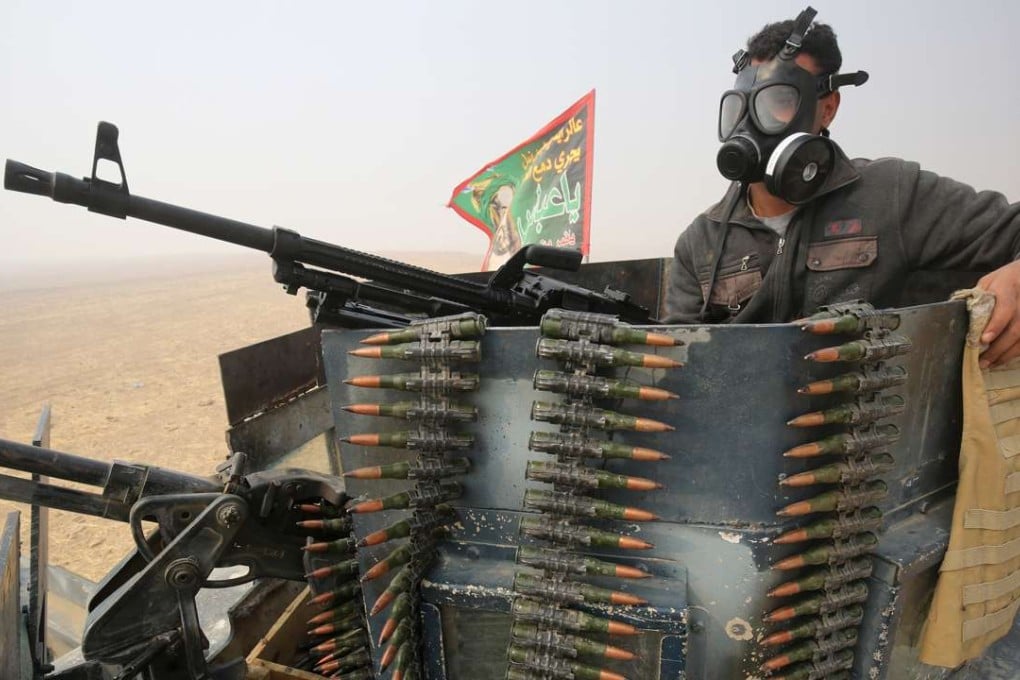When Mosul falls, will Islamic State head to Asia?
As US-backed war machine encircles the militant group’s last bastion in Iraq, experts warn battle-hardened foreign fighters will return home to wage jihad

As Iraqi forces tighten the noose around Islamic State’s last bastion in the country, it’s tempting to hope that actions to wipe out its self-declared caliphate – one that has been characterised by rape, torture and summary beheadings – could deal the group a fatal blow.
Yet even those involved in the offensive on Mosul – described as the biggest battle in Iraq since the 2003 US invasion – acknowledge that rather than being a key step towards the total defeat of IS, it may instead lead to a shift in the theatre of conflict.

There is rising concern among regional counterterrorism officials that the US-backed war machine encircling Islamic State (IS) is inadvertently spawning a jihadist alumni network in Southeast Asia and elsewhere made up of fleeing militants seeking a safe haven in their home countries.
“The threats posed by foreign terrorist fighter returnees are real and imminent,” Jeremy Douglas, the representative for the UNODC in Southeast Asia and the Pacific, told This Week in Asia . “Increasing military pressure on [IS] in Syria and Iraq is now expected to result in more returnees including many that will want to pursue violent jihad in the region.”
Trapped Mosul residents brace themselves as Islamic State digs in for fight: ‘Anyone who flees is shot dead’
The UNODC (United Nations Office on Drugs and Crime) estimates there are 516 Indonesians, 100 Filipinos, 100 Malaysians and two Singaporeans fighting in Syria and Iraq. If even just a handful of these battle-hardened fighters return to home soil, they have the potential to orchestrate large scale attacks either by working in small cells or as “lone wolves”.